Google Pixel 6 Pro vs Samsung S22 Ultra: Which flagship Android is best for photographers?
Want the best Android smartphone for photography? Our Pixel 6 Pro vs Galaxy S22 Ultra shootout will help you decide

You’re pretty much spoiled for choice if you’re looking for the best smartphone for photography.
Several of the flagship models on the market boast excellent specifications and features for photographers. In this piece, we’ll be looking at two superb Android models - the Samsung S22 Ultra and the Google Pixel 6 Pro.
In many respects, the pair match up pretty well, being similar in size and offering similar screen specifications. The Samsung offers a four-camera setup, but three of those cameras are pretty similar to Google’s triple line-up. The Pixel however is the cheaper of the two - so could you be getting a bit of a bargain if you plump for that?
Let’s find out…
Also see: Samsung Galaxy S22 vs S22 Plus vs S22 Ultra
Pixel 6 Pro vs Samsung S22 Ultra: Cameras & lenses
Why you can trust Digital Camera World

If we look purely at the specifications for either of these smartphones, it’s the S22 Ultra which is the clear winner with its impressive four-camera setup.
You get a 108-megapixel “main” camera, paired with an f/1.8 lens, alongside a 12 megapixel ultra wideangle f/2.2 lens, plus two telephoto lenses paired with 10 megapixel sensors giving you 3x and 10x options (f/2.4 and f/4.9 respectively). You’ve also got a digital “Space Zoom” with 30x and 100x options.
By contrast, the Pixel 6 Pro is a little more reserved - though still excellent. Here you get a 50 megapixel “main” camera, with an f/1.8 lens, a 12 megapixel ultrawide f/2.2 lens and a 48 megapixel telephoto lens giving you 4x zoom and a f/3.5 lens. You also get digital zoom here, but it only goes to 20x.

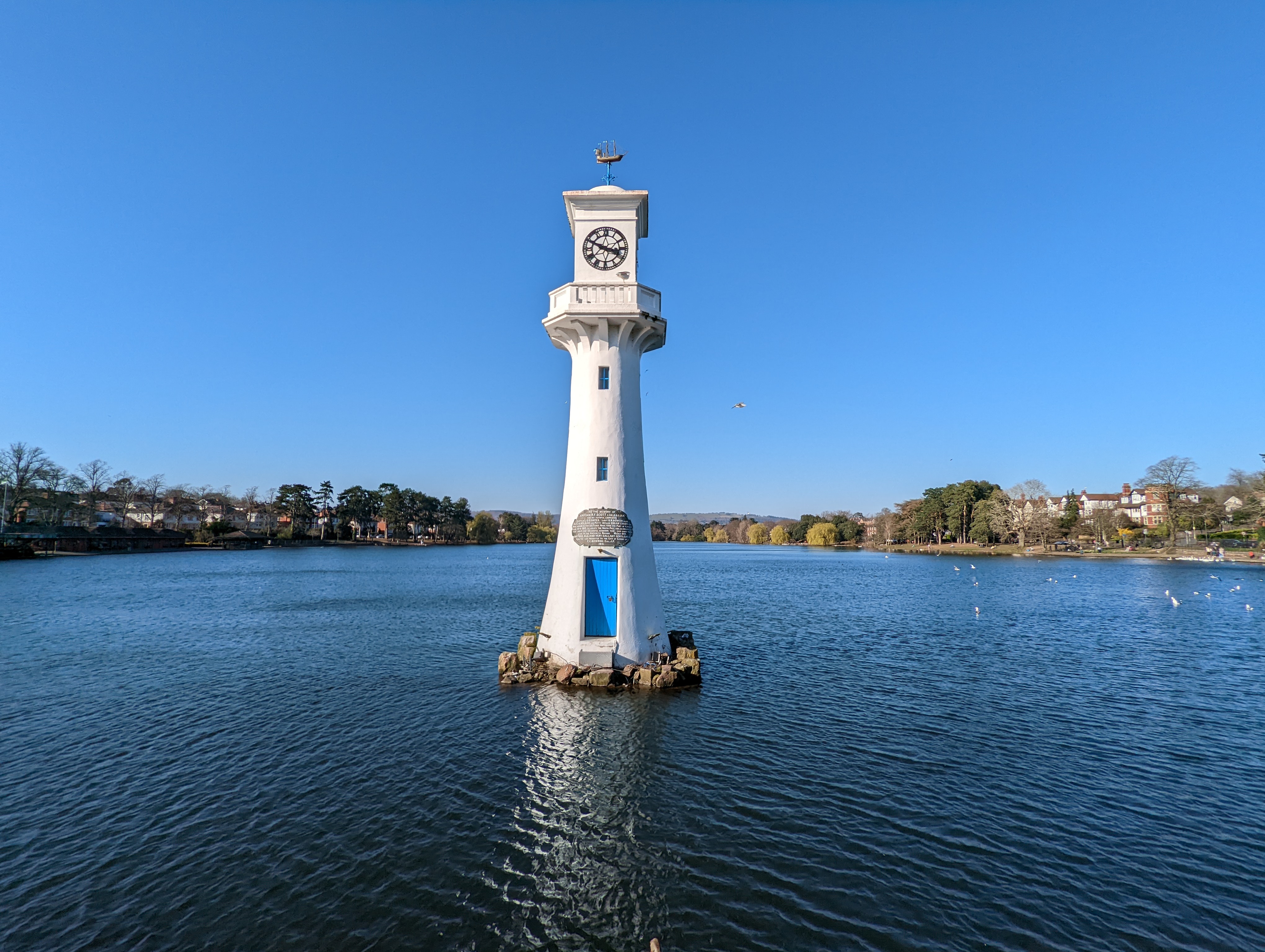

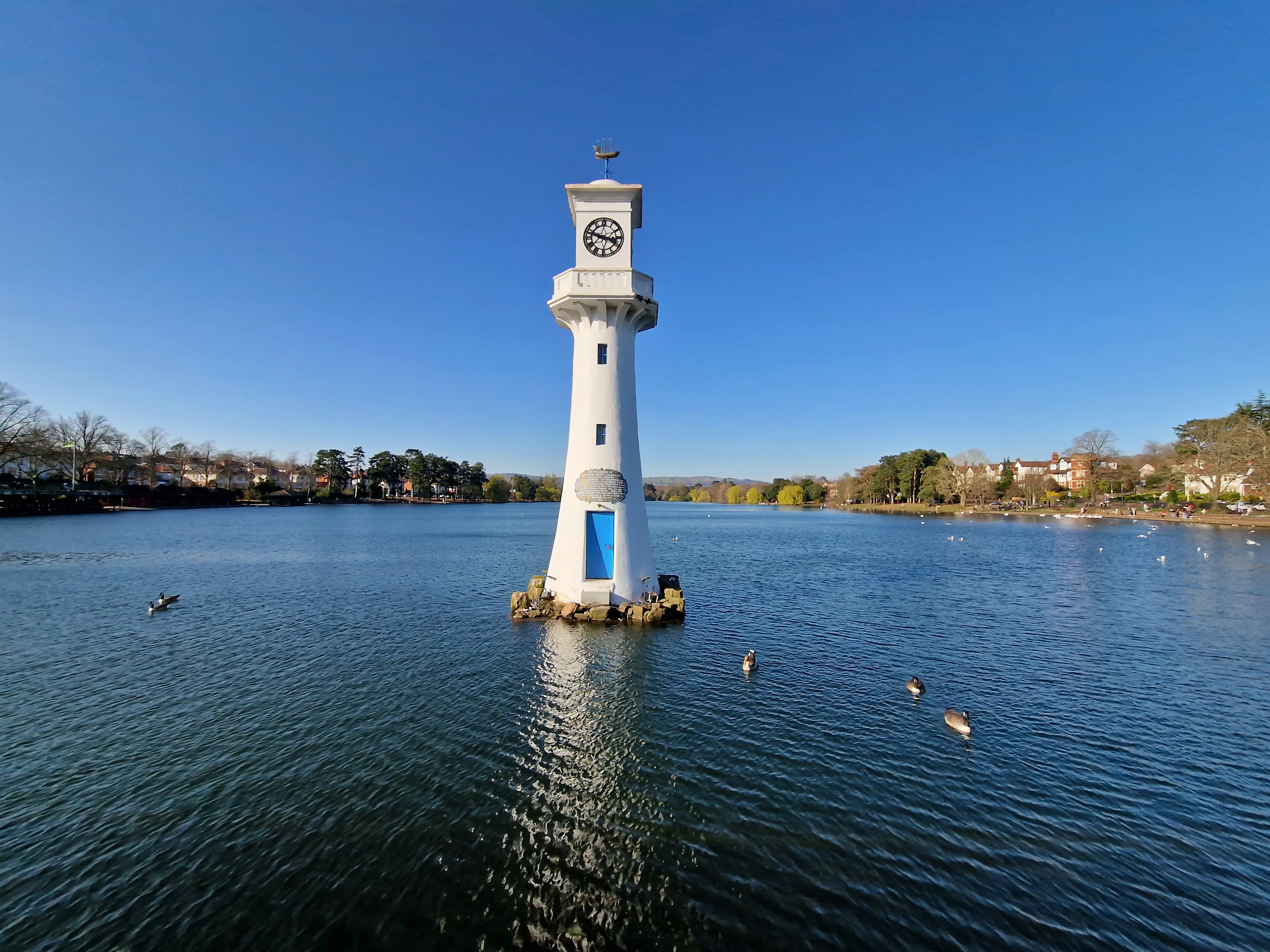
Pixel 6 Pro vs Samsung S22 Ultra: Image quality
Looking at images taken by these smartphones directly side by side reveals two very capable devices, with relatively little to set them apart.
Colors from both display a good level of saturation, and are pleasingly vibrant but with still realistic colors. The Samsung’s are perhaps a tough brighter, but arguably the Google’s are a touch more realistic - which you prefer is likely down to personal preference.


For special modes, Portrait mode is a little more flattering from the S22 Ultra, but is still pretty good for the Pixel 6 Pro. Low light performance is also excellent from both, but there’s more detail and brightness seen in the S22 Ultra’s standard lens (compared to the Pixel 6 Pro’s standard lens). The ultrawide lens from the Samsung S22 Ultra also puts in a more favorable performance compared to the ultrawide from the Pixel 6 Pro. The 3x telephoto lens from the Samsung S22 Ultra again also puts in a better performance than the 4x telephoto lens from the Pixel 6 Pro.


You get extra flexibility from the S22 Ultra when it comes to zoom, as you have the 10x zoom lens - this is only matched digitally by the Pixel 6 Pro. As such, you get good results at this type of focal length from the S22 Ultra, while the Pixel’s digital options are only to be used in a pinch.
Google Pixel 6 Pro vs Samsung S22 Ultra: Video
When it comes to video, the Samsung S22 Ultra has the more exciting headline specs here as it offers 8K video recording. That being said, most ordinary users are more likely to stick with 4K, which is offered by both the phones at resolutions up to 60fps.
Although there is OIS (optical image stabilization) for the standard and two telephoto lenses for the Samsung S22 Ultra, you can only activate “SuperSteady” stabilization when shooting at Full HD, so if you’re looking for extra smooth results - such as while walking etc, that’s what you’ll need to shoot at.
Google Pixel 6 Pro: 4K video clip at 60fps
Samsung Galaxy S22 Ultra: 4K video clip at 60fps
By contrast, the Pixel 6 Pro offers a range of stabilization options, including OIS, fused video stabilization, and 4K locked video stabilization. A crop will be applied when activating stabilization, so you might want to switch it off if using a tripod or other steady surface.
The Samsung S22 Ultra also offers “Portrait Video” which allows you to create shallow depth of field effects – there’s no equivalent mode for the Pixel 6 Pro.
Pixel 6 Pro vs Samsung S22 Ultra: Shooting modes
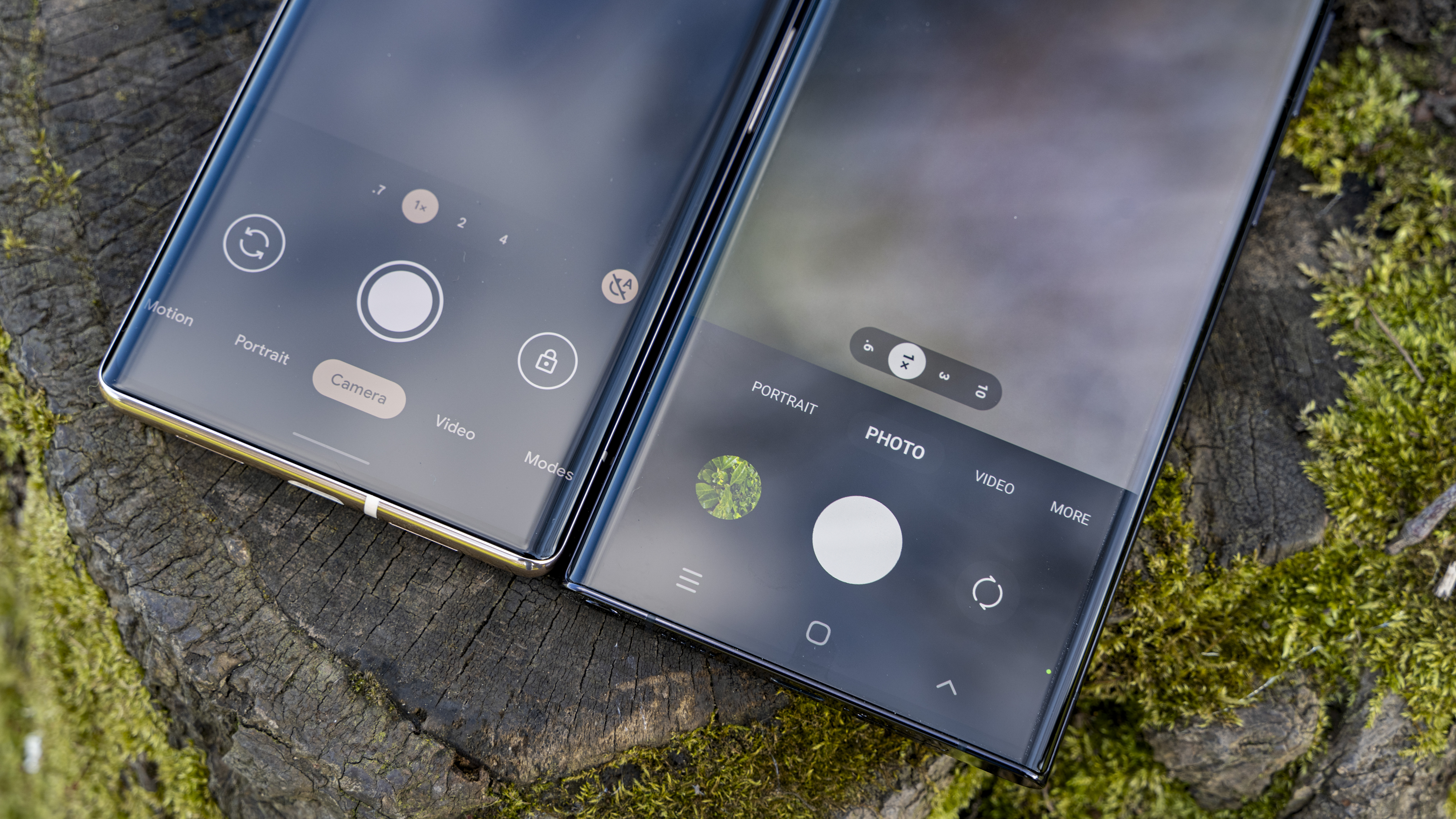
How extensive or complicated you like your native camera app might come down to personal preference, but for enthusiast photographers, you get much more flexibility with the Samsung S22 Ultra.
That’s because the S22 Ultra offers a Pro mode, giving you control over manual features such as white balance, ISO, shutter speed and so on, while the Pixel 6 Pro is much more limited in that respect. Both offer raw format shooting, though, which comes in useful for tweaking images in post-production.

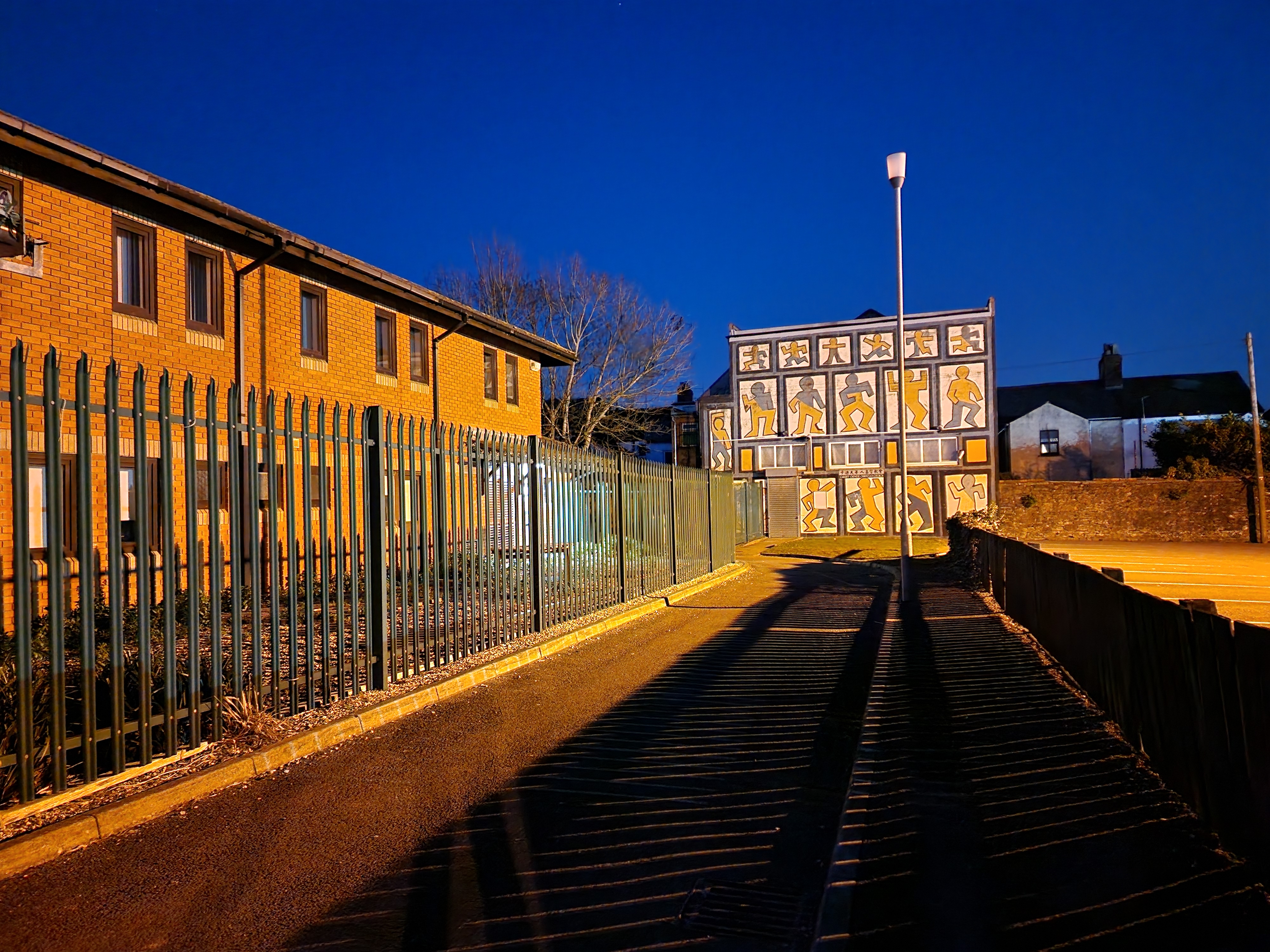
Other than that, both the smartphones offer a good degree of shooting modes which can come in handy. Both have a low-light mode designed primarily for Night-time shooting, and both offer a Portrait mode for creating shallow depth of field effects.
Pixel 6 Pro vs Samsung S22 Ultra: Screen & design
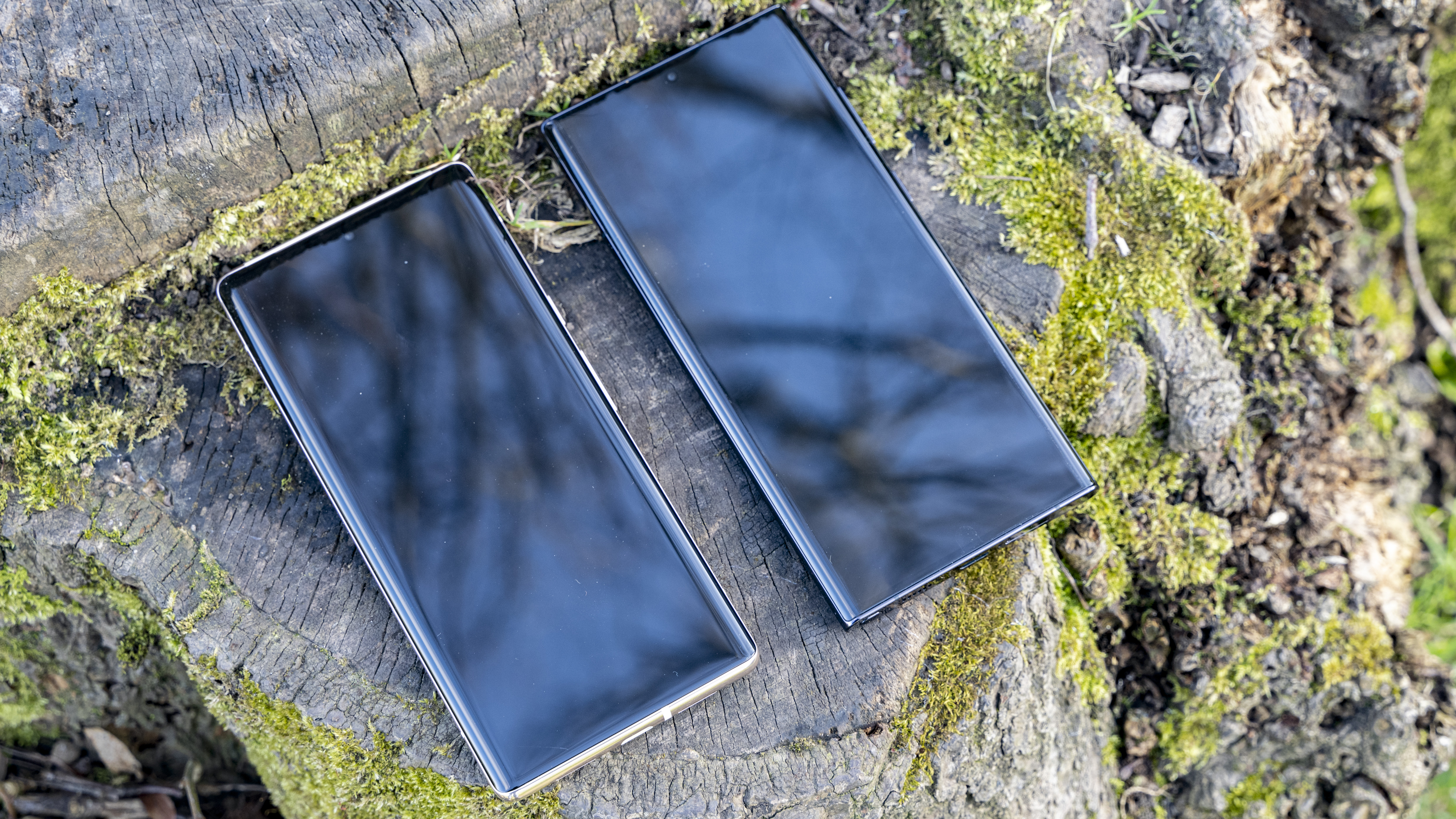
If you’re somebody that doesn’t like very large phone screens, then you’ll be out of luck no matter which one you plump for here.
Of the two, the Samsung S22 Ultra is the larger, with its 6.8-inch QHD+ Dynamic AMOLED display, which boasts a 120Hz refresh rate.
Meanwhile, the Pixel 6 Pro has a slightly smaller 6.7-inch screen, but which is also QHD+ and is an LTPO OLED, also with a 120Hz refresh rate.
Placing the two side by side, and they actually stand up pretty closely to each other - with the slightly larger Samsung S22 Ultra just edging it in terms of clarity - both make your pictures and video really sing.
Both feature Corning Gorilla Glass Victus, which is designed to be tough and prevent scratches. Both also have stylish designs, with rounded edges on the body and a full-screen display with just a hole punch cut out for the front-facing camera.
The lenses on the back of the Pixel 6 Pro protrude more than those on the Samsung S22 Ultra, so we’d have to say that the S22 Ultra is just that little bit more polished.
Battery life and storage
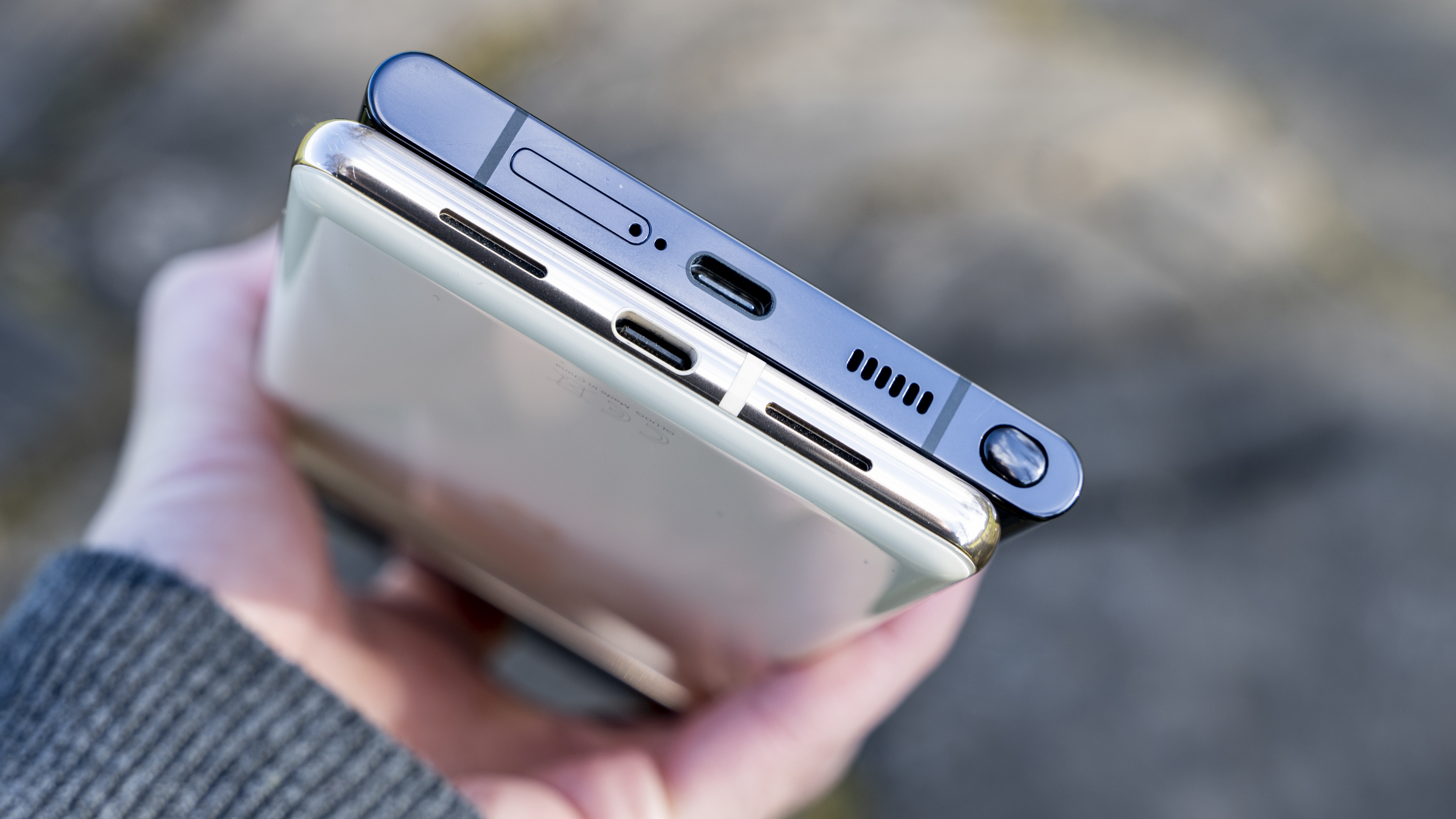
The Samsung S22 Ultra and the Google Pixel 6 Pro are very closely matched when it comes to battery specs - with both offering 5000mAh batteries. Both also support fast charging, and wireless charging. Neither come with a wall plug provided in the box. In real-world usage, both batteries last at least a full day, with both generally lasting closer to two under normal or moderate usage scenarios.
Neither the Samsung S22 Ultra or the Google Pixel 6 Pro offer the option to expand storage, so it’s best to get as much as you can afford - particularly if you’re prone to taking lots of pictures or video.
With the Samsung S22 Ultra you get a wider choice of sizes, with the basic option being 128GB, but also being available in 256GB, 512GB and 1TB options if you prefer. It’s worth noting that with the 128GB version, you’ll be limited to 8GB RAM, compared to 12GB RAM for the other sizes.
For the Google Pixel 6 Pro, you only have two options in the UK - either 128GB or 256GB of storage. You’ll get 12GB RAM whichever you choose though. In the US, a 512GB version is also available.
Google Pixel 6 Pro vs Samsung S22 Ultra: Accessories
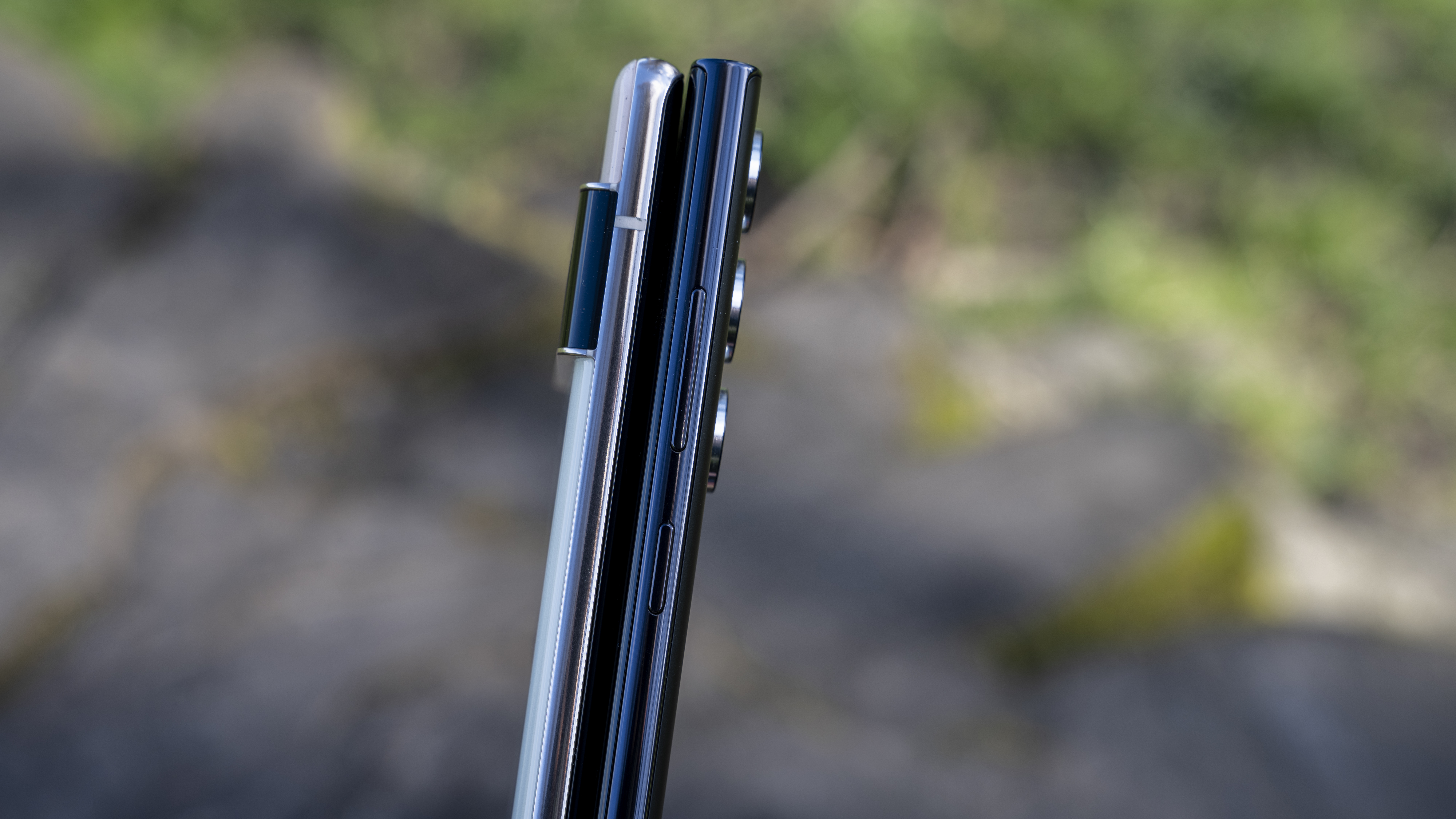
Both of these devices, as we’d expect from flagship models, give you the opportunity to charge wirelessly if you wish - but you’ll need to invest in your own wireless charger if you want to. Both are also compatible with fast wireless charging, which is worth investing in for super-quick power boosts.
The accessory really worth noting here however is the Samsung S22 Ultra’s “S Pen”. Something which was originally only bundled with Samsung’s “Note” series, it can be used to make drawings and hand-written notes, but most interestingly for photographers, it can be used as a remote release.
That gives you good options when shooting selfies, group shots or even when balancing the phone on a tripod or other stable surface.
Value for money
Although neither of these phones should be considered “budget” smartphones, it is the Google Pixel 6 Pro which is significantly cheaper.
You can pick up a 128GB Pixel 6 Pro for $899/£849, which is some $300 cheaper than the cheapest Samsung S22 Ultra, which will set you back $1199/£1149. If you want more storage, the Pixel 6 Pro 256GB version will cost you £949/$999, compared to $1299/£1249 for the same from the S22 Ultra. The most expensive S22 Ultra options are $1399/£1329 for the 512GB version or $1599/£1499 for the 1TB version - only US customers can pick up a Google Pixel 6 Pro 512GB for $1,099, there is no 1TB option.
That said, value for money isn’t always about getting something as cheaply as possible. Arguably, the S22 Ultra is worth the extra outlay if it features something you need (or want). That could be the extra telephoto lens, the slightly bigger screen, 8K video or the included S Pen - if none of those things particularly bother you, then the Pixel 6 Pro is likely to be considered better value for you.
Google Pixel 6 Pro vs Samsung S22 Ultra: Verdict

Although there is a good degree of difference between these two smartphones, there’s also enough similarities to make choosing between them quite a tricky task - especially considering the price saving you get if you opt for the Pixel 6 Pro.
Looking solely at specs, it’s the S22 Ultra which comes out on top. It offers an extra lens, a slightly larger screen, a more flexible native camera app, 8K video and useful extras such as the S-Pen. How much all of that matters to the individual photographer will come down to preference - for some at least one of those will be a deal breaker, while for others it’ll be a secondary concern.
If we then look at the results from each camera, both produce excellent images in a variety of situations. That said, the S22 Ultra beats the Pixel 6 Pro in low light and of course, with its extra lens, when you need a bit of extra reach.
Overall, the deciding factor will very likely come down to budget. If you want the best of the best, it’s hard to deny that the Samsung S22 Ultra is quite probably the best smartphone for photographers right now - but if you want (or need) to make a significant saving, the Pixel 6 Pro gives it a very good run for its money, with just a few sacrifices along the way.
Read more:
Best camera phones
Best iPhone for photography
Apple iPhone 13 Pro vs iPhone 13
Google Pixel 6 vs Pixel 6 Pro
Best phablets
best budget camera phones?
Get the Digital Camera World Newsletter
The best camera deals, reviews, product advice, and unmissable photography news, direct to your inbox!
Amy Davies has been writing about photography since 2009, and used to be a colleague on Digital Camera magazine and Techradar.com. She now works as a freelance journalist writing for nclude Amateur Photographer, Stuff, Wired, T3, Digital Photographer, Digital Camera World, TechRadar, Trusted Reviews, ePhotozine and Photography Blog. She has an undergraduate degree in journalism and a postgraduate diploma in magazine journalism, both from Cardiff Journalism School.

